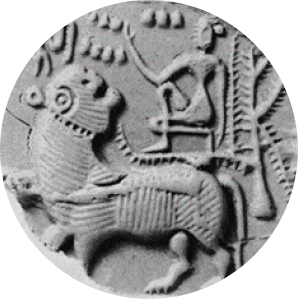It’s important because it is basically the only activity (or non-activity) that teaches us how to tolerate being alone with ourselves. For the majority of us not to have anything to do, without some form of engagement or entertainment is torture. We are “driven to distraction” by boredom. Waiting in line, sitting on long flights, being unemployed, or even engaging in some form of activity that is disagreeable, puts us on edge or worse. Like murderous or suicidal. Meditation can gives us the necessary mental training to deal with such situations, and gives us a different understanding of being.
Once when I was on a trans-Atlantic flight I suddenly realised that I don’t need the in-flight entertainment system. This was an opportunity to enjoy just sitting. Time was of no importance, long or short. In the normal situation, we try to shrink time by filling it, either by agreeable activity or entertainment. Having nothing to do makes it stretch, so that every minute seems like an eternity. This is true: every minute is an eternity. We are very rich in time, if we don’t squander it. When we do, our lives are over in a moment. Before we know it, we are old, and then we die. We don’t stop to enjoy the miracle of watching our children as they grow, or even to enjoy the beauty or the fragrance of a flower.
Yesterday, walking out in the woods and fields, I began to fret about all that I hadn’t managed to attain in my work. In general, I feel low self-esteem when it comes to my efficiency, in terms of what I manage to get done. The more I manage to do, the more seems to be left undone. The days that are the busiest make me the most discontented. Whereas when I do nothing at all, I feel perfectly happy. So, on my walk, all the thoughts about how inadequate and inefficient I am were coursing through my mind. I even gave them voice, speaking out loud. Then suddenly I thought – or said -, I don’t need to be doing this. This is all just about doing. And it’s not even about now. It’s about things that did or didn’t get done. I said to myself, I can turn this around. I can enjoy this present moment of walking, and leave all the other stuff behind. So I did. I had a wonderful walk. Before the walk I had felt tired and lacking in energy. Now I felt alive and fresh.
I have a problem (still) with doing. I do not have a problem with being. Being alone with myself, and not having anything to do is wonderful. Something to enjoy. I’m not alone, and not myself. And time is just an artificial construct in which we try to confine and give shape to experience. But to be. truly alive. to experience. is. to be. out of time and mind.
